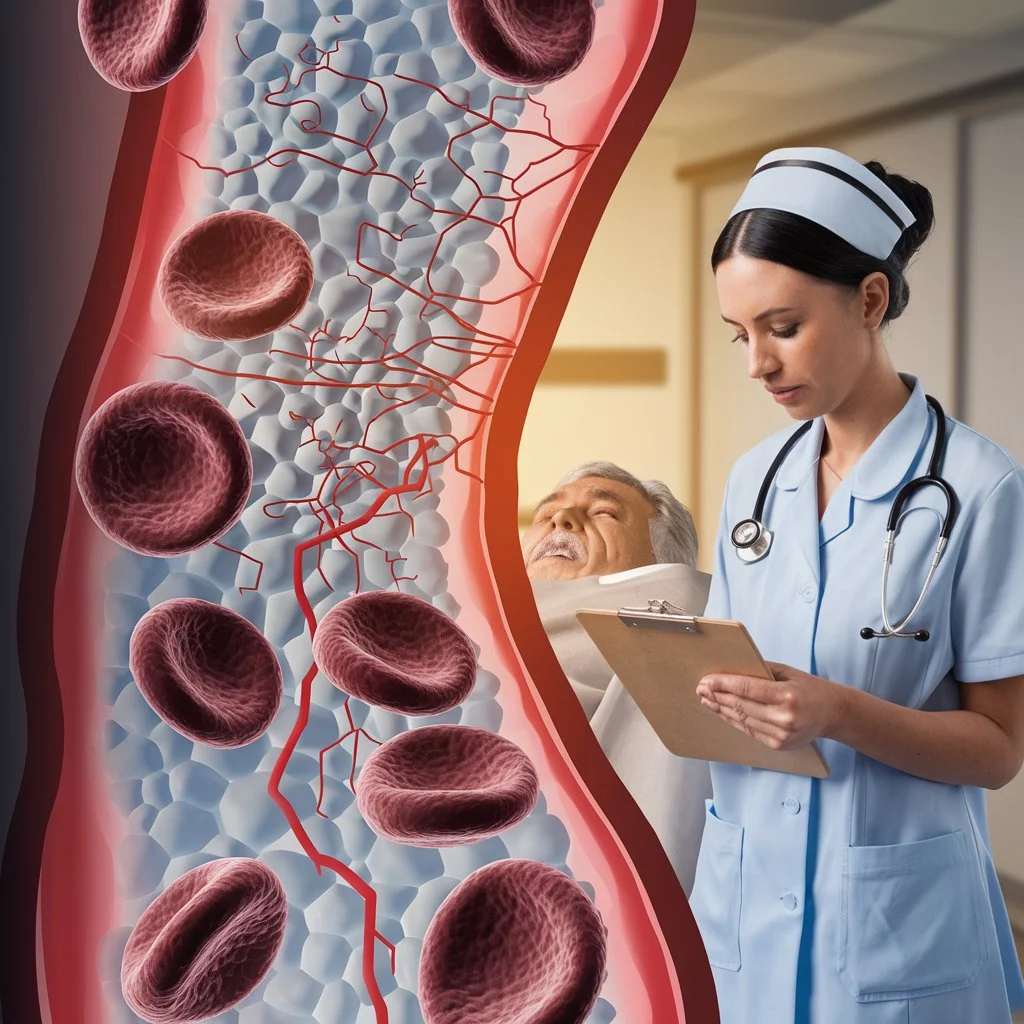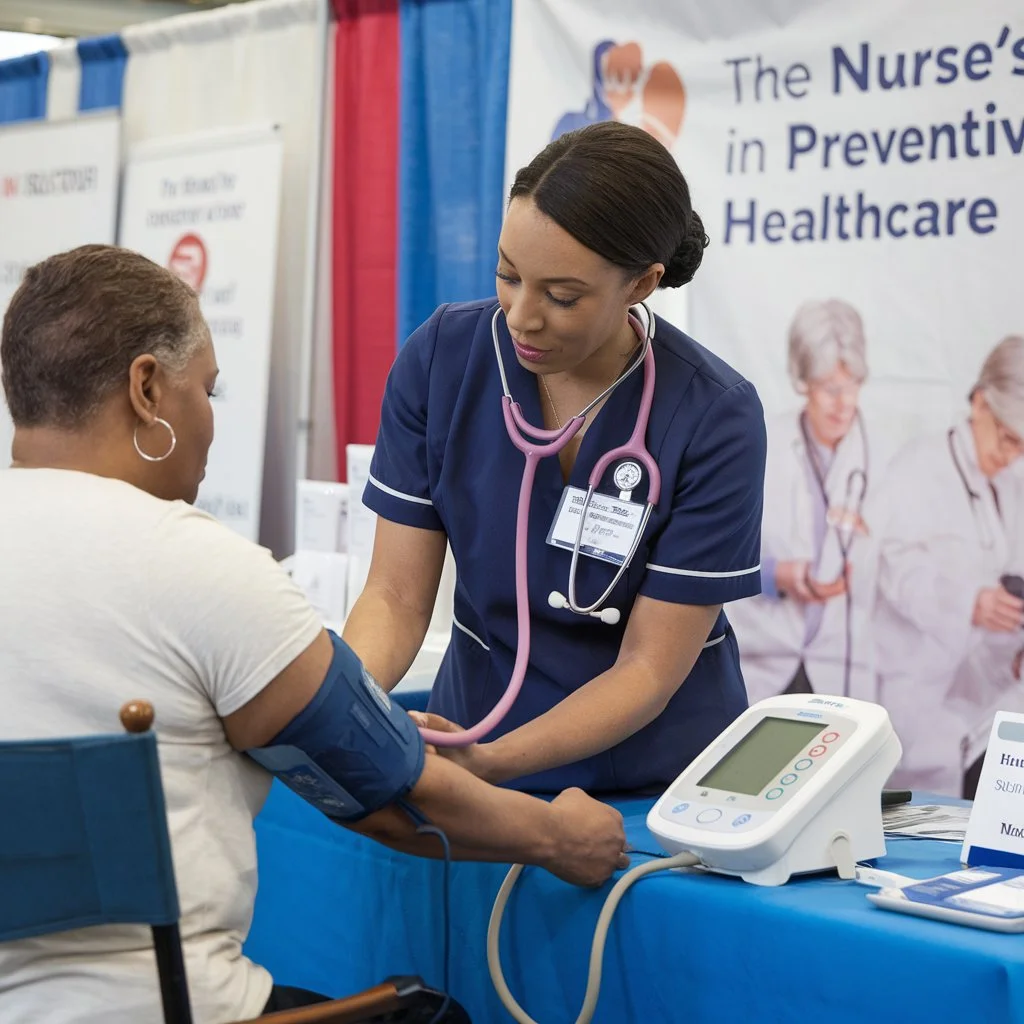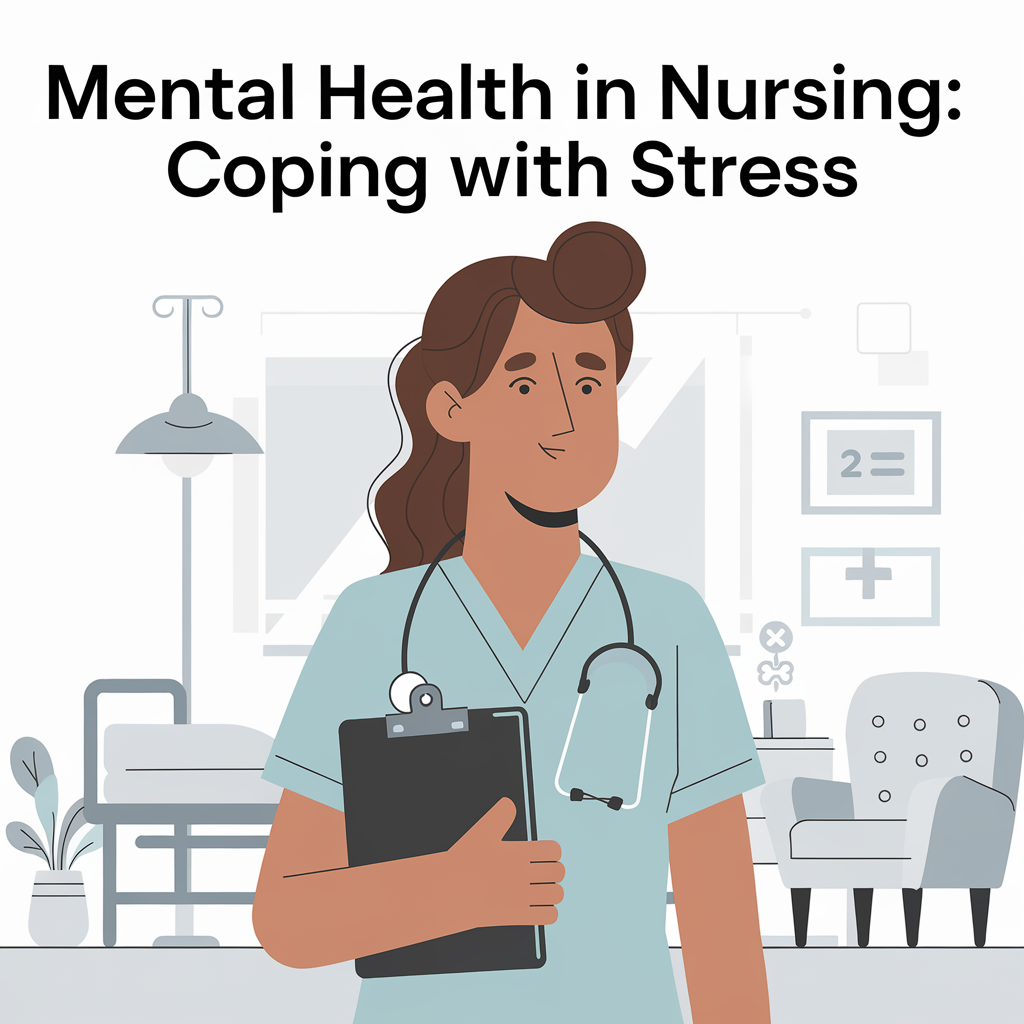Anorexia NCP Every Nursing Student Must Know!
Anorexia NCP: Anorexia nervosa is a complex and serious eating disorder characterized by an intense fear of gaining weight or becoming obese. This fear leads individuals to avoid maintaining a healthy body weight, often dropping below 85% of what is appropriate for their height. Although it is most commonly seen in adolescent and young adult […]










